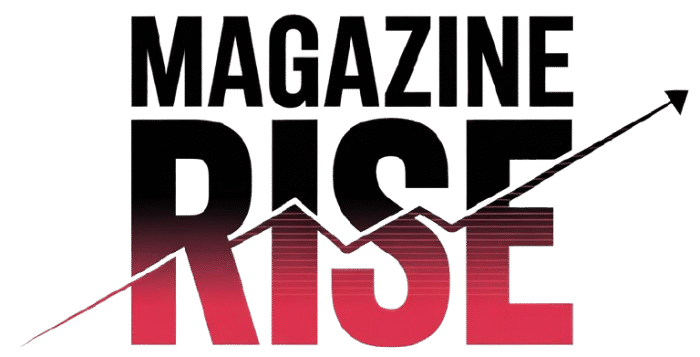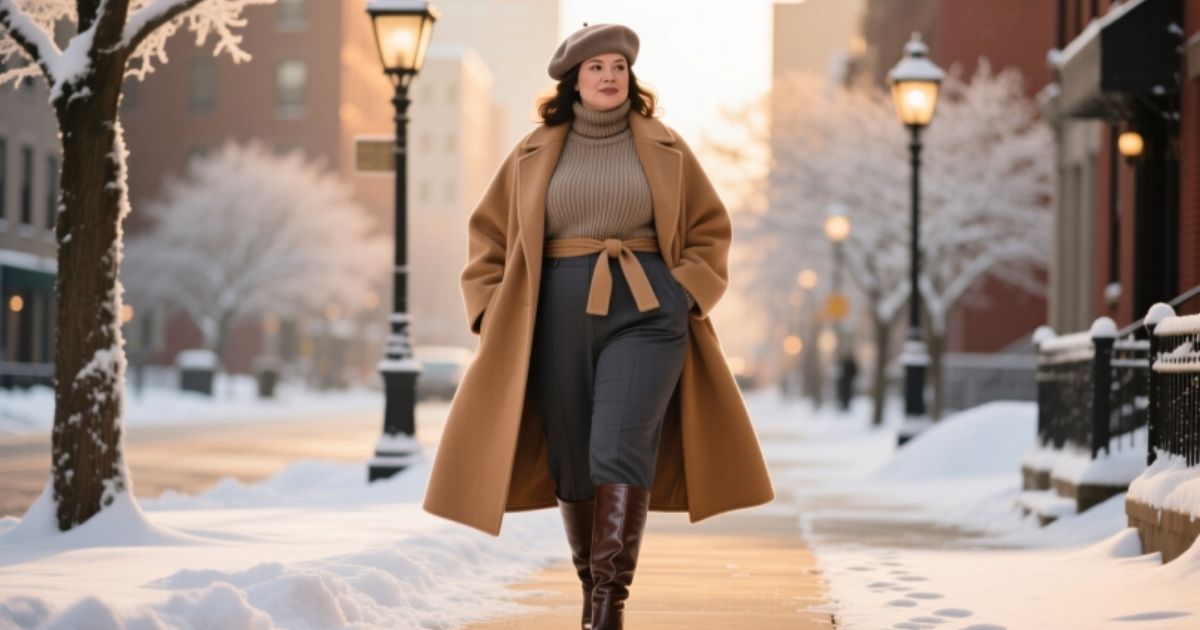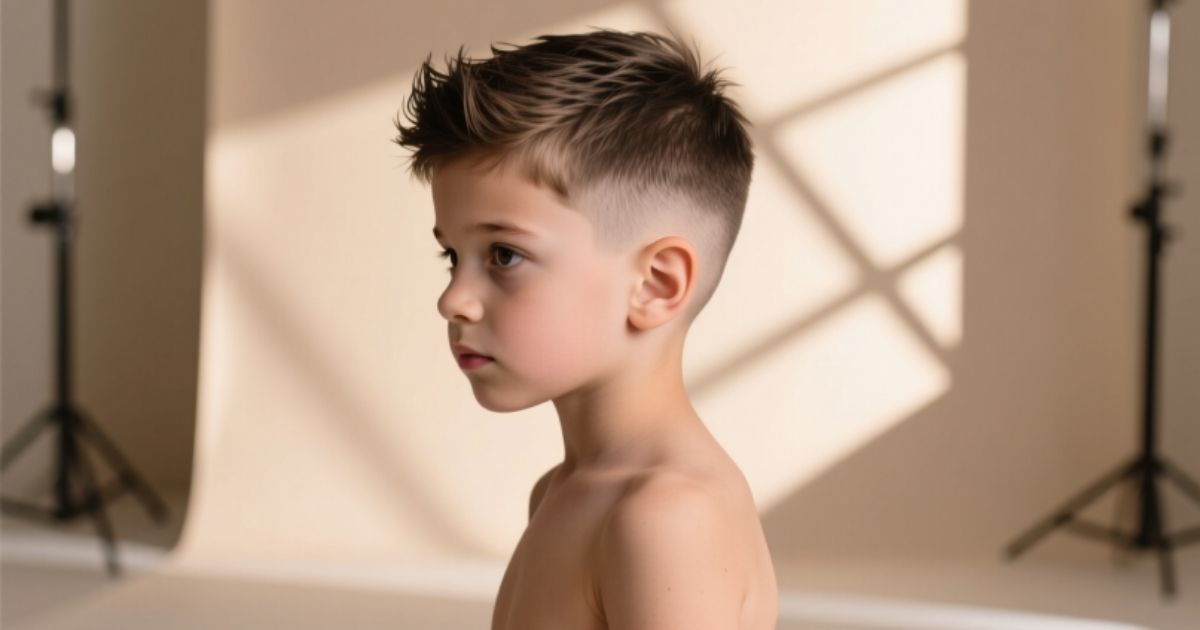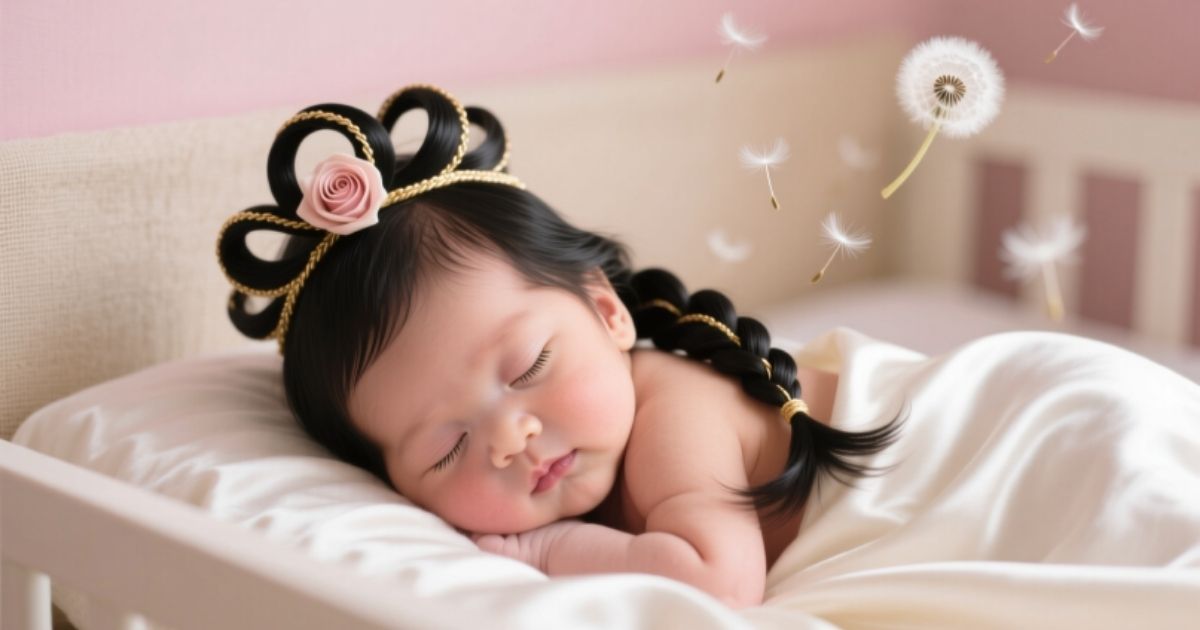Cornrow Hairstyles: 30 Fresh Ideas for Stylish, Protective Braids
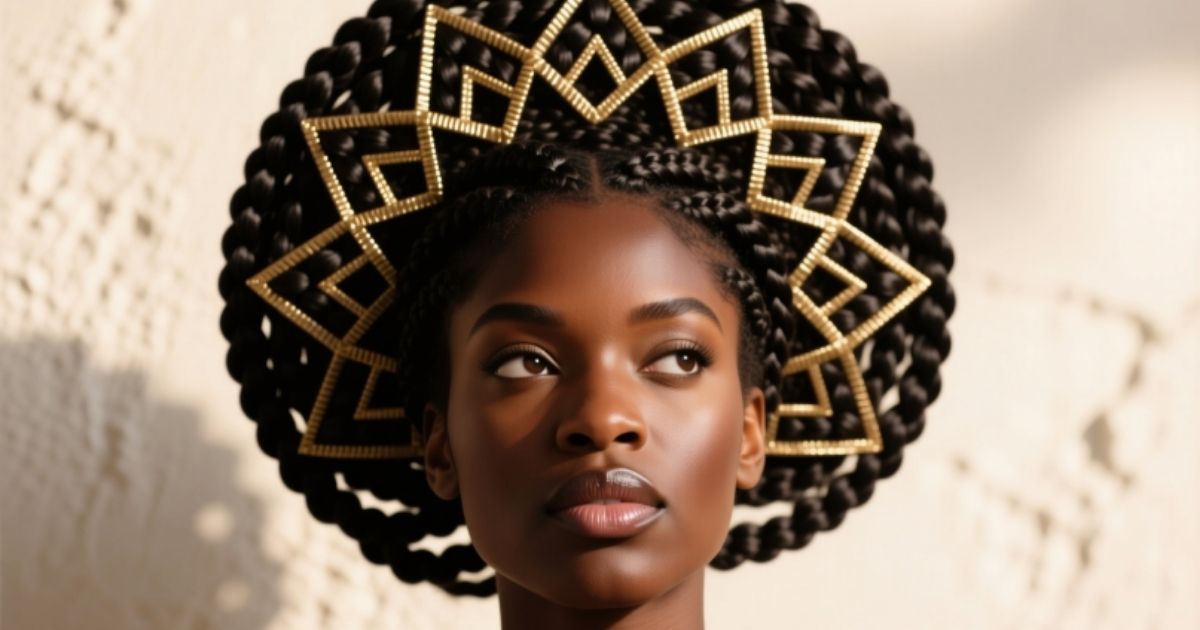
A cornrow hairstyle is a traditional braiding method where hair is braided close to the scalp in neat rows. It keeps hair tidy, stylish, and protected. This hairstyle represents culture, creativity, and care, making it a timeless hair choice.
Hairstyle trends change, but cornrows stay elegant and strong. Cornrow hairstyle suits all hair types and adds both beauty and comfort. It helps in managing natural hair with ease while keeping a fashionable look for every occasion.
Cornrow hairstyle offers many patterns like straight, zigzag, or curved designs. It supports healthy hair growth by reducing breakage. This hairstyle remains popular for its neat look, easy maintenance, and long-lasting results for both men and women.
1. Classic Straight Cornrows
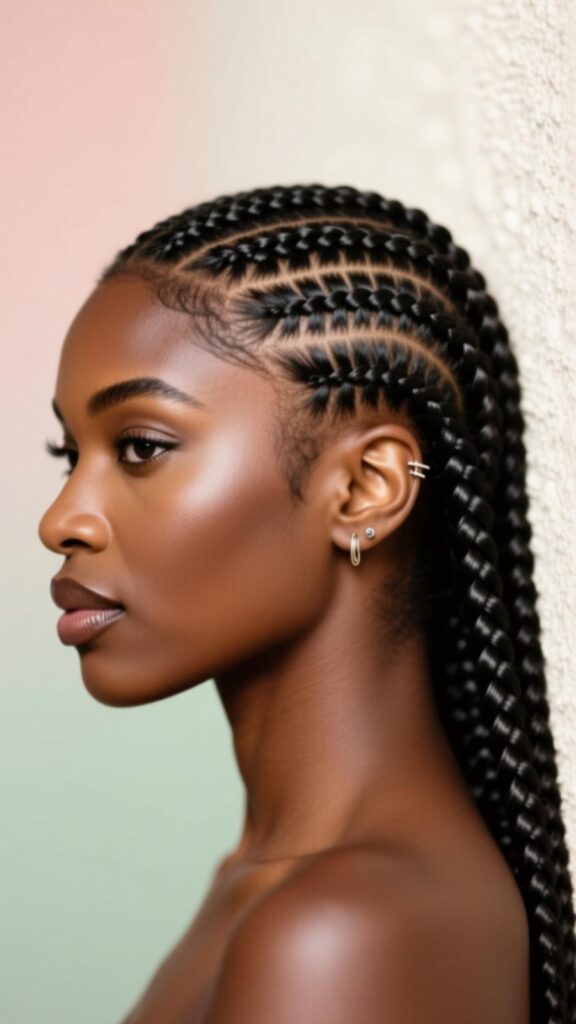
Cornrow hairstyles begin with the classic straight cornrows. These braids run from the hairline straight back to the nape of the neck, creating a clean, orderly look. They highlight your facial features and offer a low-maintenance option that lasts for weeks. You can vary the thickness of each braid to suit your face shape and hair density. This style also helps protect your natural hair from breakage and tangles.
To style classic straight cornrows, ensure your hair is well moisturized and detangled. Part neat rows and braid tightly but not too tight to avoid damage. Use edge control or gel for crisp edges and smooth finish. You can leave the ends loose or braid down to the tips. This style works well with or without added hair extensions for length and fullness.
Must Read: Ponytail Hairstyles for Black Women: 30 Stunning Ideas to Try
2. Feed-In Cornrows
Feed-in cornrows use extensions and gradually add strands as you braid, creating a natural taper. This method gives your cornrows a seamless look with less bulk at the roots. It also reduces strain on your scalp because there is no abrupt weight or tension at the start of the braid. The feed-in technique works well for those new to cornrows.
To achieve feed-in cornrows, start with a small section near the hairline and add extension hair piece by piece as you move backward. Keep your parts clean and tight for a crisp appearance. The style can follow straight rows or curves. You may leave the ends loose or braid them to the ends. This technique blends with your natural hair texture, making the look appear more natural.
3. Zigzag Cornrow Patterns
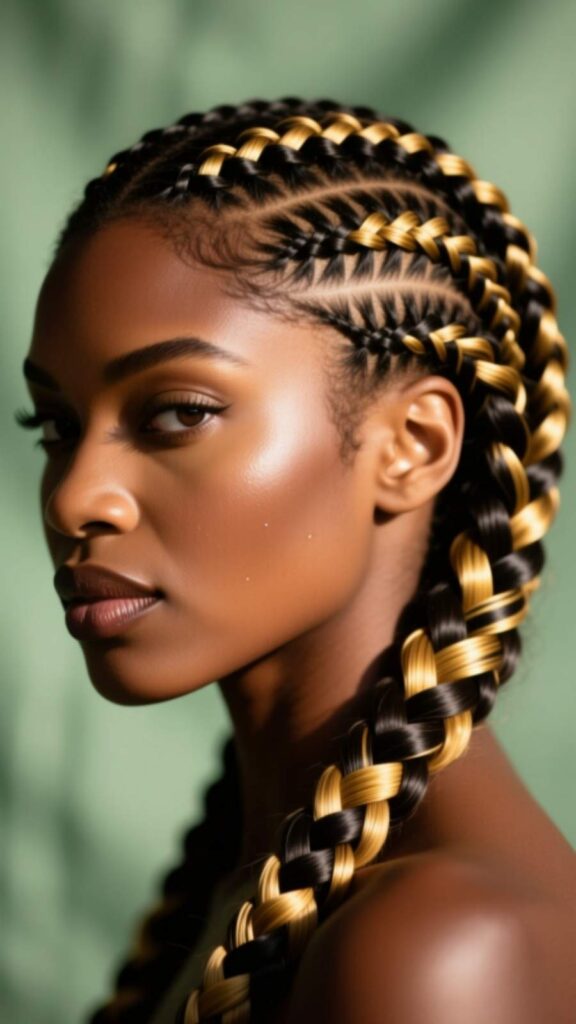
Zigzag cornrows create a dynamic visual effect by alternating angles in each row. The pattern adds movement and uniqueness to your style. It works well on short or medium hair length and draws attention to the braid design itself. This style pairs beautifully with other protective styles.
To make zigzag cornrows, plan your parting lines in zigzag shapes and maintain symmetry. Braid closely along each curved or angled part. Use styling gel to define the paths and maintain neatness. You can mirror the zigzag on both sides for balance or vary them for an asymmetrical look. The pattern helps showcase your creative braid patterns and flair.
4. Swirl or Spiral Cornrows
Spiral cornrows swirl outward from a central point, giving a bold, eye-catching design. This style adds volume and visual interest. It suits those looking for something creative yet protective. The swirl or spiral effect works nicely on the crown area of the head.
To create swirl cornrows, start braiding from a central location and spiral outward in evenly spaced rows. Keep your braids tight and maintain consistent thickness. Use a mirror or assistance for accuracy. You can combine the swirl with straight lines at the back or sides. This design highlights braid artistry and looks stunning on natural hair.
5. Side Cornrow Design
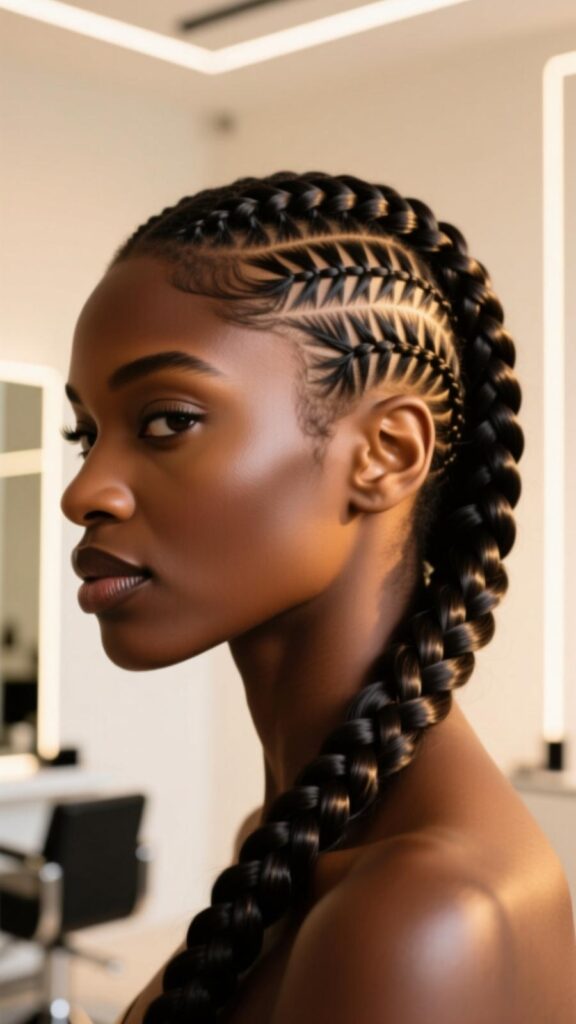
A side cornrow design features cornrows that begin on one side and sweep diagonally or straight across to the opposite side. This asymmetrical layout frames the face elegantly. It adds boldness without taking away from ease of maintenance. The style suits both casual and formal settings.
To do side cornrow design, part your hair on one side and start braiding toward the other side or downward. Keep the braids aligned neatly and use small, even sections. You can add extension hair for length or thickness. Leave the ends loose or braid them fully. This style emphasizes hair braiding techniques and works well on protective styles.
6. Cornrow Bun Updo
Cornrows can culminate in a bun updo, combining braiding and styling elegance. You braid rows toward a central point and gather the ends into a bun at the crown or nape. This look is polished and ideal for formal events or daily wear. It also keeps your hair protected and off your shoulders.
To achieve a cornrow bun updo, braid your cornrows toward a central area, such as the top or back of the head. Then twist or coil the remaining ends into a bun and secure with pins or bands. You can leave a few ends loose for flair. Use edge control for a clean hairline. This style pairs well with your natural hair, providing a protective style that is sleek and refined.
7. Cornrow Ponytail
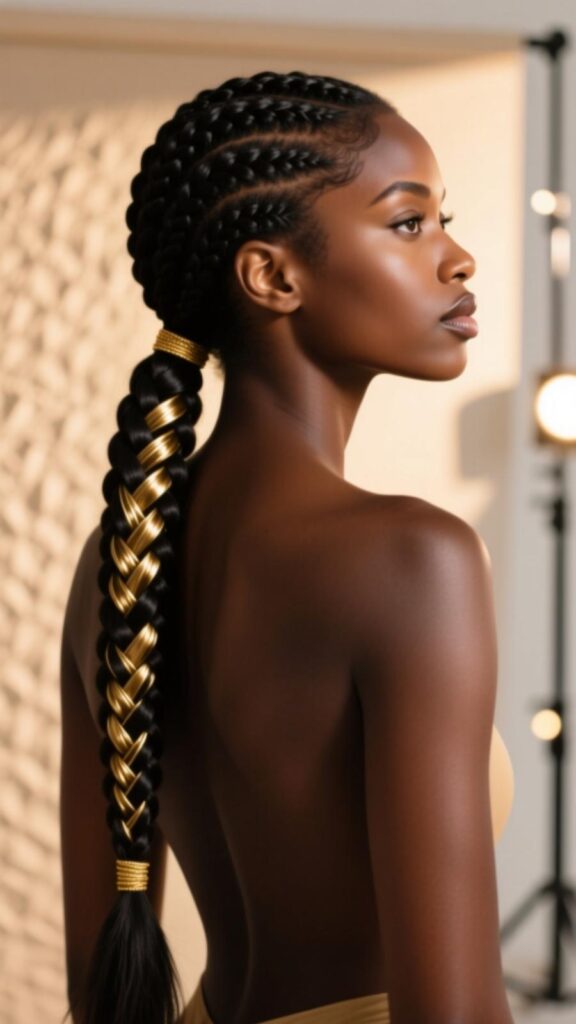
A cornrow ponytail offers both structure and freedom. The cornrows are braided back and gathered into a high or low ponytail. This design gives you movement and keeps hair neatly in place. It suits workouts, casual days, and stylish needs.
To style a cornrow ponytail, braid your hair in neat rows toward the point where you want the ponytail to sit. Secure all braid ends with an elastic wrap or band. Let the remaining hair fall free or curl it for effect. You can also add hair extensions for added length. This approach combines protective styles with everyday hair functionality.
8. Goddess Cornrows
Goddess cornrows combine cornrow braids with curly or wavy loose hair ends. The base is braided closely, and the ends are left free or twisted into curls. This look blends structure and softness. It gives a regal aura and works with various hair textures.
To create goddess cornrows, braid rows partially down the scalp and stop midway, leaving the rest unbraided. Then curl or style the loose ends to your liking. You can also incorporate extensions for volume. Use a moisturizing leave-in or light gel to reduce frizz. This appearance mixes braid patterns with natural hair texture for a stunning contrast.
9. Triangle Part Cornrows
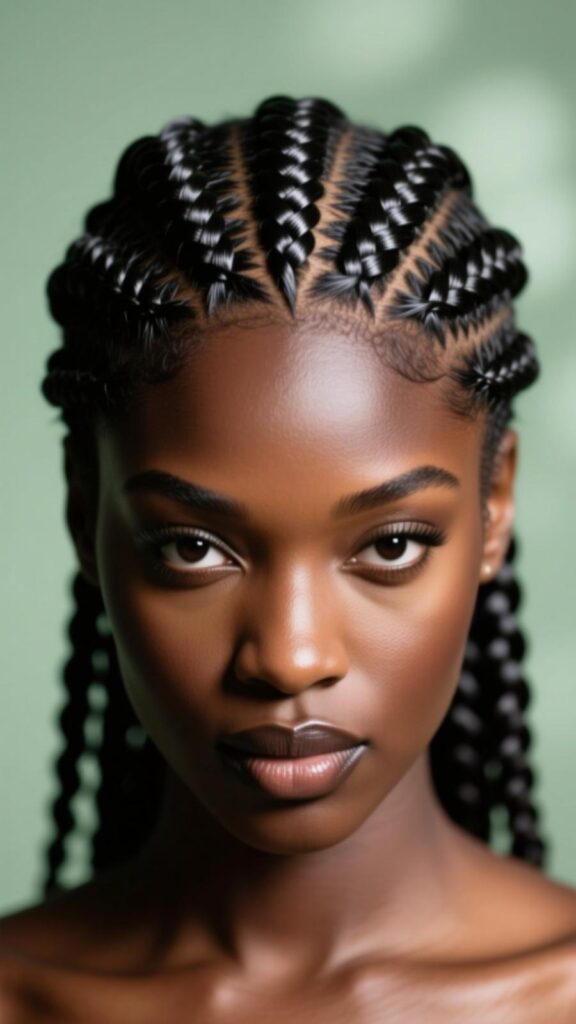
Triangle part cornrows use triangle-shaped segments as the base for each braid rather than straight or square parts. This geometry gives the look extra flair. The shapes draw attention and create a more artistic layout. The style is ideal for those seeking standout braid patterns.
To do triangle part cornrows, section your hair into triangular parts across the scalp. Braid each section inwards or toward a central direction. Keep part edges sharp and neat. This method works well when combined with curves or waves. It accentuates your creative braid patterns and highlights your attention to design.
10. Cornrow with Beads
Incorporating beads into your cornrow hairstyles adds decoration, flair, and personality. You can string colorful beads near the ends or throughout the braids. This style is fun for festivals, casual days, or special occasions. The beads bring movement and accent to your cornrows.
To add beads, slide them onto the braid ends or intermediate sections after braiding. Use small bead caps or clamps to secure them. Choose bead colors that complement your outfit or hair color. Be careful not to overcrowd balance is key. This styling element enhances braid decoration and integrates with protective styles.
11. Cornrows with Curls at the Ends
Cornrows with curled ends blend structured braiding and soft textures. You braid tightly at the root and leave the ends loose, then style them into curls with a curling iron or rollers. This look offers a feminine and playful vibe. The contrast between tight cornrows and free curls is striking.
To achieve this, braid your hair down to mid-length, then stop and let the ends hang free. Use heat (if safe for your hair) or rollers to curl the ends. Use a light hold spray to define curls. You can also twist the ends or coil them. This hybrid style merges protective styles with free natural movement.
12. Fulani Cornrows (Tribal Style)
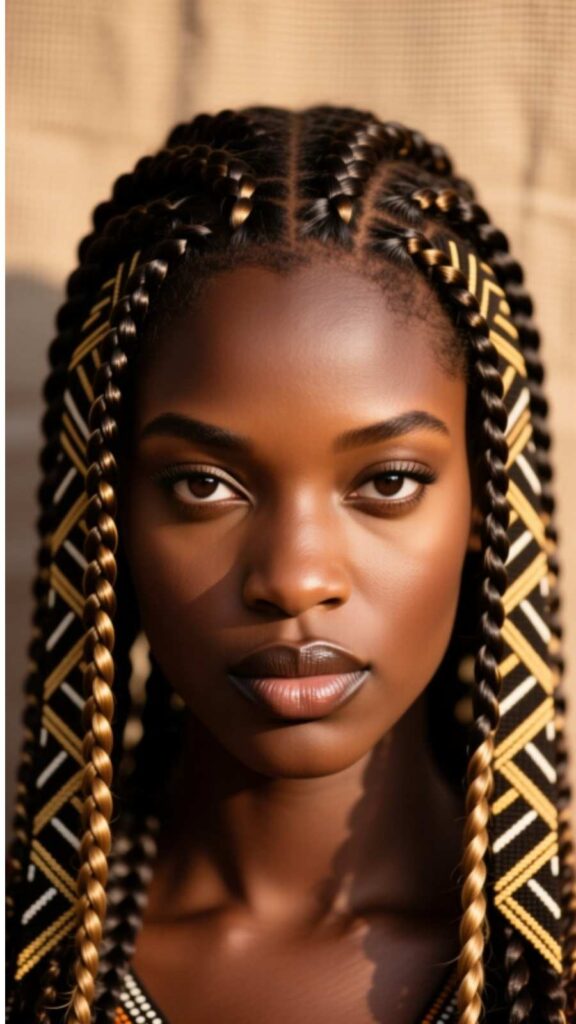
Fulani cornrows (also called tribal cornrows) combine straight or curved braids with a central braid or several across the crown. They often include decorative beads or shells. This style draws on traditional African aesthetics. It highlights your cultural heritage and adds exotic flair.
To style Fulani cornrows, braid a few central braids down the middle and radiate other braids to the sides in symmetrical or curved patterns. Incorporate beads or decorative elements at ends. This look works well on medium to long hair. It showcases cultural braid styles and protective styling.
13. Cornrows with Braid Clips or Accessories
Incorporating hair clips, rhinestones, or small accessories into cornrow hairstyles gives extra sparkle. You can clip decorative elements along the braid edges or at braid ends. These additions let you personalize your look. Accessories elevate basic cornrows into fashion statements.
To use accessories, complete your cornrows first, then attach clips or decorative beads at selected points. Use low-damage clips that won’t break the braid. You can emphasize outer braids or accent specific shapes. Keep accessories balanced and don’t overcrowd. This method merges hair ornamentation with protective styles and flair.
14. Cornrows with Side Fade
Combining cornrows with a side fade (shaved or tapered side) gives an edge to your look. One side displays cornrow design, while the other is buzzed or tapered. This contrast is bold and modern. It suits those who want a blend of structure and edge.
To execute cornrows with side fade, shave or taper one side of your head. On the remaining section, braid neat cornrows in your chosen pattern. The fade side adds sharpness. Keep the transition smooth. This hybrid look highlights hair contrast and creative braid patterns.
15. Cornrow Mohawk Style
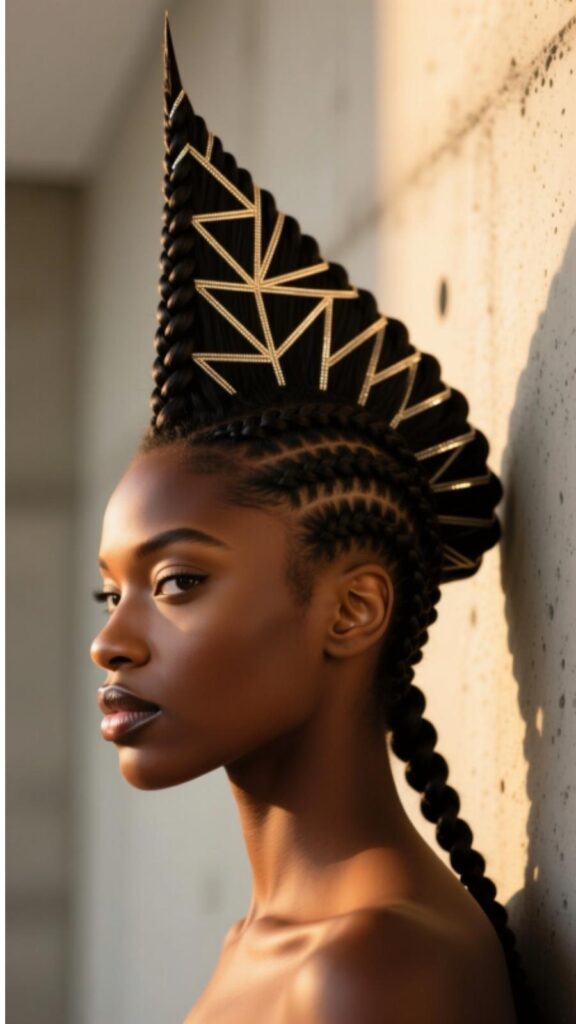
The cornrow mohawk style features braids on the side sections that converge into a central raised braid or row. The sides may be braided or shaved. This bold style channels a mohawk silhouette while being protective. It’s a statement look.
To make a cornrow mohawk, part your hair into three sections: two side portions and a middle strip. Braid cornrows in the side areas diagonally toward the middle, where you leave one or several central braids upright or free. The ends can be curled or braided. This design emphasizes structured braiding and daring layout.
16. Cornrow Basket Weave
A cornrow basket weave pattern crisscrosses braids over each other to mimic a woven basket. This style looks intricate and eye-catching. It requires planning of over-under braid paths. The appearance is complex but elegant.
To do a basket weave cornrow, braid some rows normally and others to cross over or under adjacent braids, creating a woven visual. Maintain symmetry and consistent braid thickness. Use crisp part lines for clarity. This pattern showcases intricate braid patterns and artistic styling ability.
17. Half Cornrows, Half Loose Hair
This style features cornrows on part of the scalp and loose, free hair on the rest. The contrast creates a modern half-styled look. It’s great if you want protective braids but also to display your natural texture. You get the best of both worlds.
To style half and half, part your hair at mid-line (vertical or horizontal). Braid one side into cornrows, and leave the other side free or styled separately. You can curl, twist, or define the loose section. Keep both sides balanced in volume. This style merges protective styles with loose natural hair.
18. Cornrows with Twist Outs
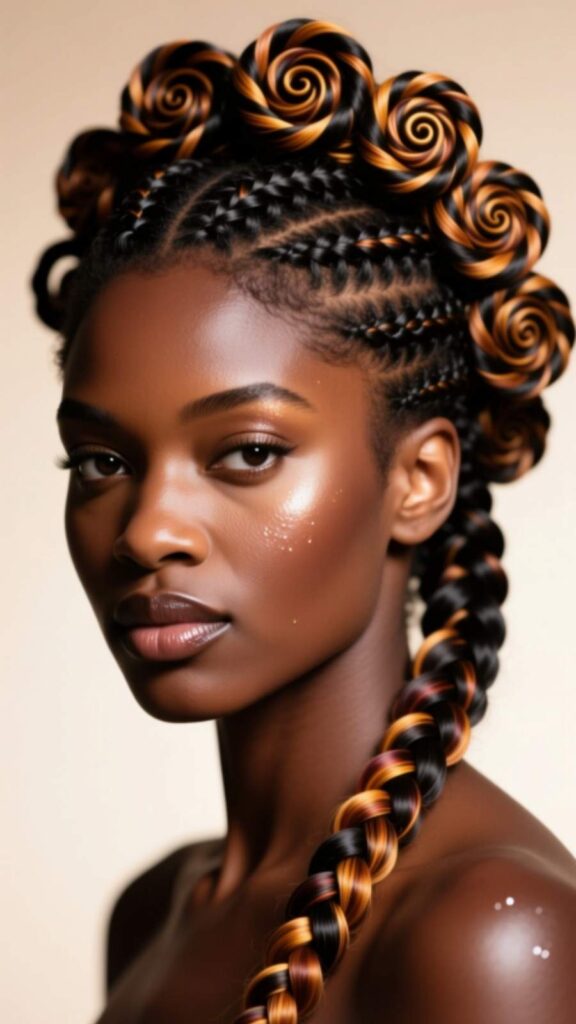
Cornrows with twist outs combine braiding and twisting techniques. You braid close to the scalp and twist the ends outward. This blend delivers texture and firmness. The twist outs can add flare to your cornrow base.
To create this look, braid your hair partway, leave ends free, then section those ends and twist them. Alternatively, you can twist entire ends before unravelling slightly. Keep the parts clean. This style highlights combo braid techniques and texture play.
19. Cornrow Feed-In with Ombre Hair
Ombre extensions in feed-in cornrows let you introduce gradient color into your cornrows. The base near the scalp matches your hair color, while ends fade into a lighter tone. This creates a stylish color effect. It’s perfect if you want color without dyeing your actual hair.
To style this, use ombre extension strands with gradual color change when feeding hair into your cornrows. Braid toward the ends so that the lighter color shows last. Ensure blends are seamless. Use color that complements your complexion. This technique combines feed-in braids with ombre effects and colorful braid styles.
20. Cornrows with Knotless Braids
Knotless cornrows begin without a tight knot at the root, offering gentler tension on the scalp. You gradually incorporate hair without bulky starting points. This reduces scalp stress and promotes comfort. Many prefer knotless cornrows for long wear.
To do knotless braids, begin with a small braid base, then gradually feed in hair to enlarge the braid. Avoid pulling too tight near the roots. Continue downwards to the desired length. The ends can be left loose or braided to the tips. This style highlights knotless braiding and gentle protective styles.
21. Cornrow Halo Braid
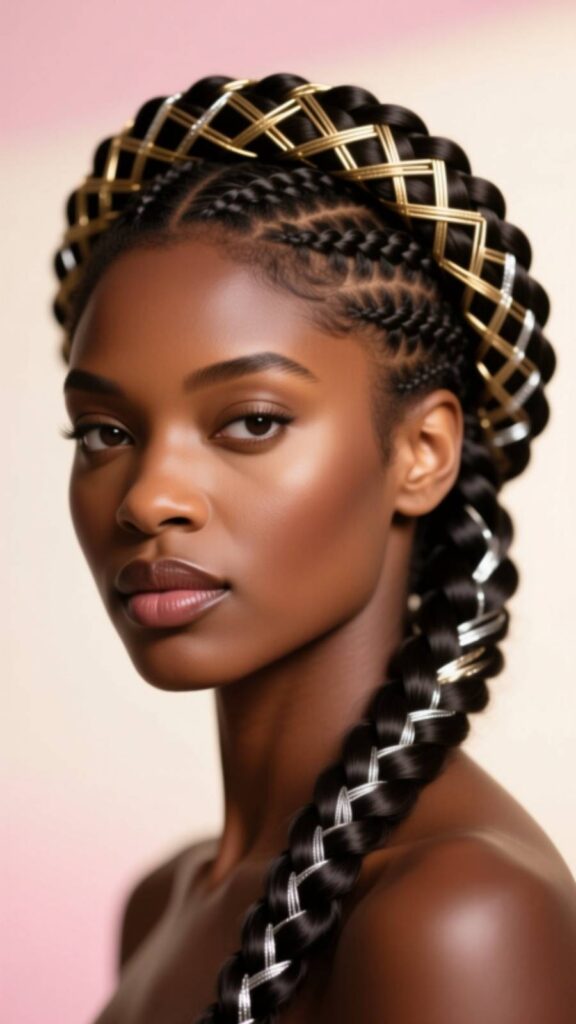
A halo or crown cornrow encircles your head in a circular braid, forming a ring around the scalp. It offers a regal, clean look and protects hair edges. This style is elegant and romantic. It suits formal occasions or everyday wear.
To create a halo braid, part your hair in a circular boundary around your head (like a headband shape). Braid each section directing toward the back, then connect the ends around the head to form a circle. Tuck the ends securely. Use hair pins or bands as needed. This style emphasizes crown braids and protective updo braids.
22. Cornrows with Zigzag Side Parts
This variation uses zigzag parts only on the sides while maintaining straight back braids. The combination balances visual interest and structure. It’s subtler than full zigzag cornrows but still eye-catching. This method works well on all hair lengths.
To style, part your hair into zigzag lines on each side region and make straight cornrows through them. Center rows can remain straight and parallel. Keep braid thickness consistent. This effect merges zigzag parts with classic back braids. It highlights creative parting styles.
23. Cornrows with Faux Hawk
A cornrow faux hawk gives the illusion of a mohawk without shaving your sides. You braid the sides inward and leave a central vertical braid or multiple braids standing or free. The effect is bold yet practical. It suits edgy fashion lovers.
To achieve a faux hawk, braid side sections toward the center line. Let central braids rise or fall freely down the middle. You can curl or twist the ends. The contrast draws attention upward. This design blends edge styles with protective braids.
24. Micro Cornrows
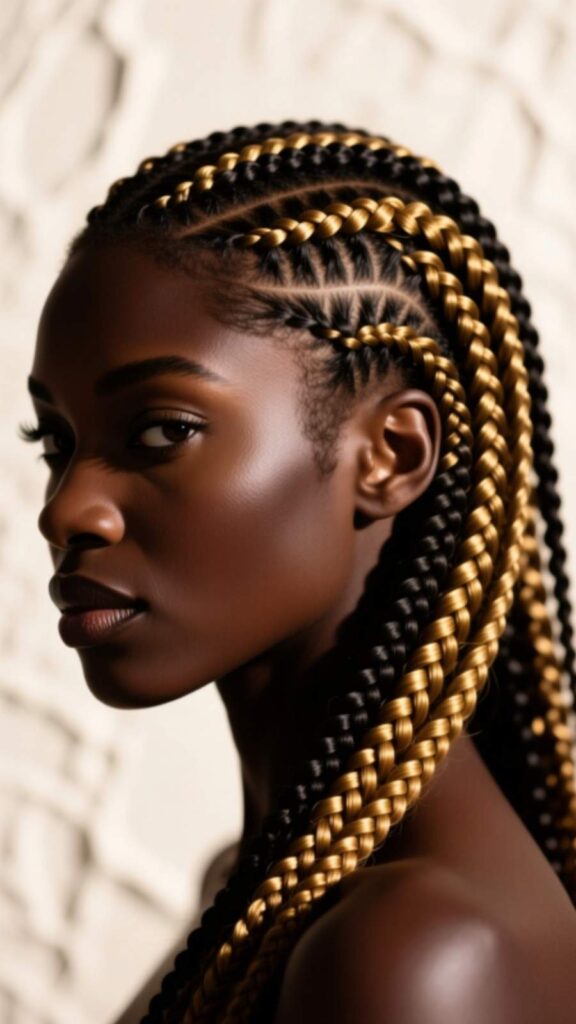
Micro cornrows are very thin, fine cornrow braids. They offer intricate detail and flexibility in styling. You can use multiple micro braids to form larger patterns or let them run independently. This style showcases delicacy and precision.
To make micro cornrows, part very small sections and braid tightly and neatly. Keep braid thickness uniform. Micro braids take more time but produce elegant, textured looks. The ends can remain loose or braided. This technique highlights fine braiding skills and elaborate protective styles.
25. Cornrow Braids with Curved Rows
Curved cornrow rows arc gently across the scalp rather than running straight back. These curves soften the hairstyle and add fluid movement. You can combine curves with straight lines for contrast. This style works on short and long hair.
To create curved rows, draw your part lines in gentle arcs across the scalp. Braid along those arcs evenly. Ensure symmetry and smooth transitions. Use edge gel to maintain definition. This style highlights curved braid patterns and design creativity.
26. Feed-In Cornrows with Loose Bow
This style combines feed-in braids and a bow formed by leftover hair at the back. After braiding, you create a bow shape with the hair ends. The result is playful, feminine, and unique. It gives cornrows a twist of charm.
To do this, feed in hair while braiding toward the back. Stop a little before the ends and leave enough hair to shape a bow. Tie or clip into a bow, secured with pins. The rest of the hair may hang or be further styled. This mix shows braid innovation and personal touch.
27. Lattice Cornrows
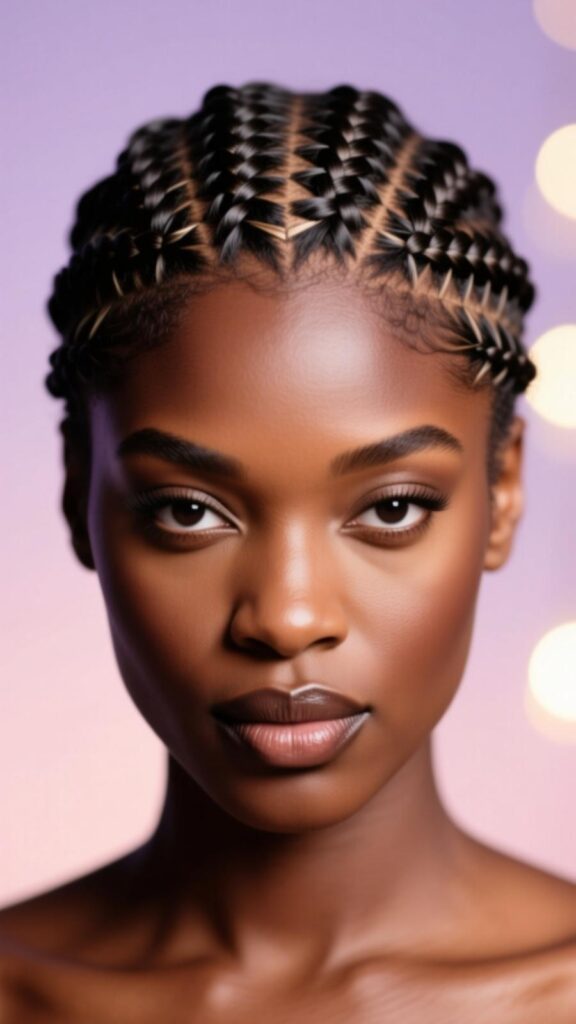
Lattice cornrows create a grid pattern across the scalp, forming squares or rectangles in the braid layout. The geometry is striking and combinable with other designs. The result is a modern, structured aesthetic.
To style lattice cornrows, map out vertical and horizontal part lines to form boxes or grids. Braid each section inward or toward a central line. Maintain clean intersections and consistent thickness. This design highlights geometric braid layout and structured creativity.
28. Cornrow Accents Around Loose Hair
Add small cornrow accents around loose hair sections. For example, braid narrow lines near your hairline or parts and leave most hair free. The accents add texture without fully braiding your hair. You benefit from both free hair and braided detail.
To style, part small segments near the front, temples, or parted lines and braid them inwards. Leave the majority of hair natural or styled in curls or waves. Blend the accents seamlessly. This method merges subtle braiding with free textures.
29. Cornrow into Senegalese Twists
Mix cornrows into Senegalese twists by braiding a segment then twisting the remainder. The cornrow base transitions into twist braids. This hybrid looks elegant, combining two popular braid styles.
To achieve this, braid your hair down partway and transition into twisting the remaining strands. Use extension hair suited for twists at the ends. Keep the cornrow to twist the junction neatly. The result blends cornrow base with twist extension gracefully.
30. Cornrow with Bubble Braids
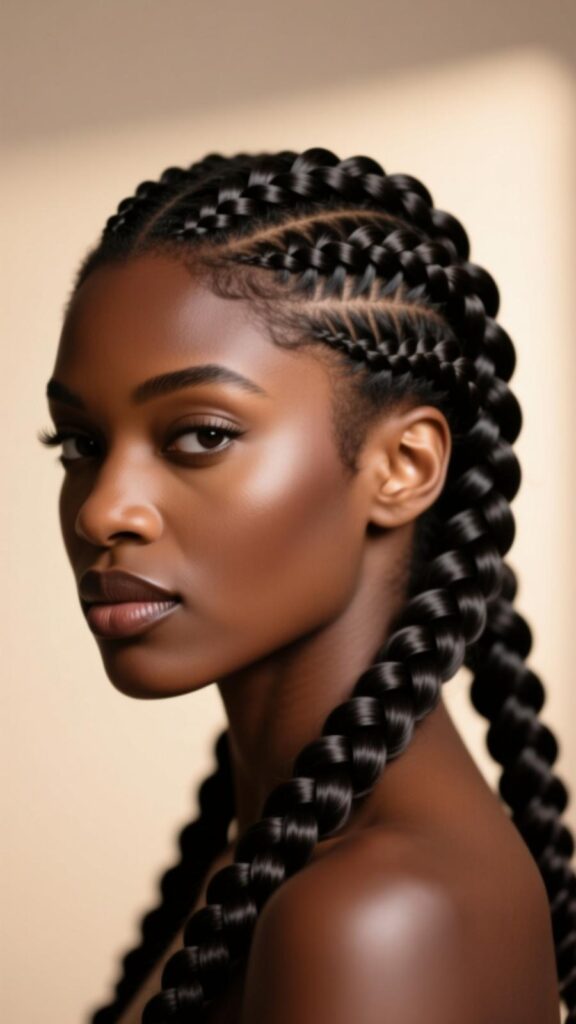
Cornrow bubble braids form bead-like “bubbles” down the braid lengths by segmenting with elastics. This playful style gives dimension and bounce. It turns plain cornrows into fun visual statements.
To create bubble cornrows, braid your hair normally, and apply small elastics at regular intervals along each braid. Gently pull between elastics to puff out the “bubble.” Continue until the desired length. Use light oil to maintain smoothness. This style illustrates fun braid variations and styling creativity.
Conclusion
Cornrow hairstyles offer a vast spectrum of versatility, from simple straight rows to elaborate basket weaves and spiral designs. Each idea above provides a fresh, protective style that combines creativity, natural hair care, and aesthetic appeal. Whether you prefer knotless braids, feed-in techniques, or decorative accents, there is a cornrow layout suited to your taste.
Always prioritize scalp health, maintain moisture, and avoid excessive tension when braiding. Rotate your styles, give your hair breaks, and care for your roots. With these 30 cornrow hairstyle ideas, you can keep your hair stylish, protected, and ready for any occasion.
Frequently Asked Question
How long do cornrow hairstyles last?
Cornrows typically last 2 to 6 weeks, depending on hair texture, maintenance, and braid tightness. With proper care, they can even last up to 8 weeks. Over time, new growth and frizz appear, so you may want to refresh or redo.
Do cornrows damage natural hair?
When done properly and not too tightly, cornrows are a protective style that can reduce breakage. However, excessive tension, tight braiding, or leaving braids too long without care can cause hairline damage or traction alopecia. Always braid gently and monitor scalp health.
Can I wash my scalp with cornrows?
You can wash your scalp while wearing cornrows. Use a gentle shampoo diluted with water, apply to the scalp, and rinse thoroughly. Focus on cleaning the roots. Avoid heavy scrubbing on braided areas. Dry with a microfiber towel or air dry.
How do I sleep with cornrows?
To protect your braids overnight, wear a silk or satin scarf or bonnet. You can also sleep on a satin pillowcase. This helps reduce friction, maintain moisture, and prevent frizz. Wrap your edges gently with a scarf.
How do I maintain hair underneath cornrows?
Keep the underlying hair moisturized using light oils or leave-in sprays. Use a scalp mist or conditioner to nourish the roots. Avoid heavy products that cause buildup. You can do light scalp massages to stimulate circulation.

Zoey Sarah, the founder of Magazine Rise. I’m passionate about sharing authentic, informative, and engaging content to help readers stay informed and inspired.
